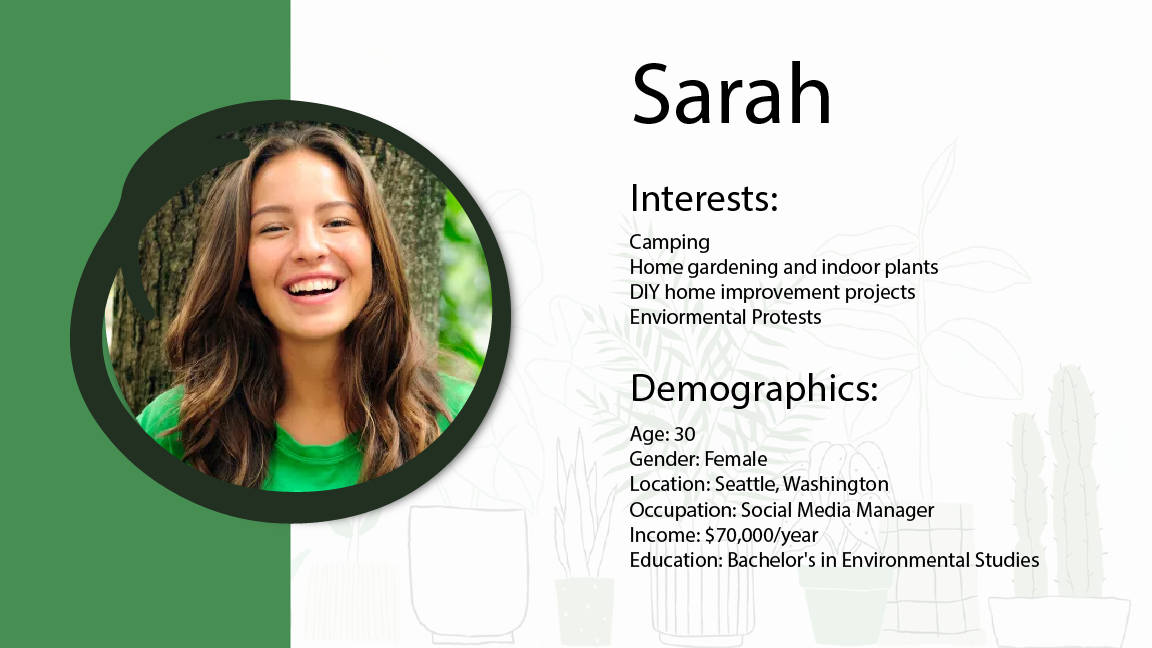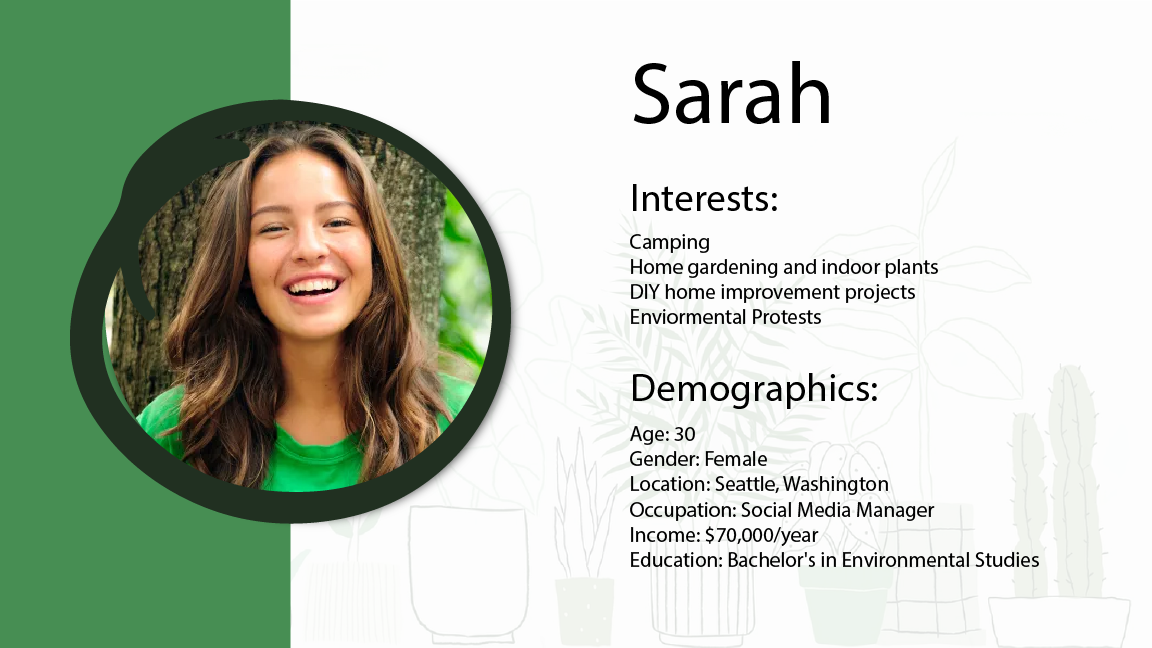
Imagine your startup as a person meeting someone for the first time—what impression do you want to leave? That first impression is your brand identity, which will set the tone for every interaction with your audience. Crafting a brand that truly represents your startup is much more than having a slick logo or a catchy tagline, it’s about building a visual and emotional connection with your audience. Here’s a breakdown of the ten essential steps to creating a powerful startup brand identity.
Before you dive into any creative aspects of branding, take a moment to think about why your startup exists. What problem are you solving? What’s your mission? Your brand purpose is the foundation of everything you build, so it needs to be clear and compelling. WRITE THIS DOWN- in a doc, on paper, it doesn’t matter, write this down.
When I started Aotes, my purpose was crystal clear: I wanted to help startups communicate their vision through powerful visual identities. It wasn’t just about making things look good, but it was about making sure those visuals told a story and made an impact. That purpose has guided every project we’ve taken on, and it should be the same for your brand.
Tip: Write down a 5-10 concise statement that captures the essence of your startup’s mission, and take some time to read them over, narrowing it down to 2 or 3. These will not only guide your branding efforts but also help you, or your team, stay aligned and focused.
Your brand won’t resonate with everyone, and that’s okay- no brand will. The key here is to deeply understand the people you do want to reach, your “ideal customer profile” (ICP). Knowing your audience’s needs, desires, and pain points allows you to craft a brand identity that speaks directly to them.
Create detailed, fake profiles of your ideal customers, including demographics, interests, and challenges. These personas will serve as a guide for your branding decisions.
For example, if you’re an eco-brand focused on sustainable home goods, your ideal customer might be a young professional who values low-waste living or a new parent looking for non-toxic, eco-friendly products for their home. And your fake profile may loo like this:

It’s important to know what’s already out there so you can differentiate your brand. A competitive analysis and market research will help identify what works, what doesn’t, and where there’s room for you to stand out.
A client we worked with wanted a sleek, modern brand identity, but during our market research, we noticed a lot of their competitors were using similar branding, and we identified a marketing opening to introduce bold colors and unique typography that immediately set them apart. It was a risk, but it paid off.
Tip: Use a SWOT analysis (Strengths, Weaknesses, Opportunities, Threats) to evaluate your competitors and find your brand’s unique positioning.
Your Unique Value Proposition (UVP) is the promise you make to your customers about what they can expect from your brand. It’s what sets you apart from the competition and gives people a reason to choose you.
When defining the UVP for Aotes Design, I focused on our ability to create visual identities that weren’t just beautiful but also strategically aligned with our clients’ business goals, and strategically driven. This approach has helped us attract clients who value both visual and data-driven processes.
Tip: Your UVP should clearly state the benefits your brand offers and why it’s the best choice. Make it concise and memorable.
Your brand personality is how your brand would act if it were a person. Is it playful or serious? Formal or casual? Defining your brand’s personality helps ensure consistency in how you communicate with your audience.
For example, if you're a wellness startup, you might want to go with a warm and inviting brand personality. This approach can help your brand feel more approachable and nurturing, setting you apart from the more clinical, cold brands in the industry.
Tip: Pick a few adjectives based on your brand's values, that best describe your brand’s personality and use them as a guide for all your communications.
Your logo, color palette, and typography are essential components of your brand identity. They work together to create a cohesive and recognizable look that instantly communicates your brand’s essence. A well-designed visual identity not only attracts attention but also helps differentiate your brand in a crowded market.
Investing in professional design services is a solid option. It ensures that your visuals are both appealing and effective, reflecting your brand’s values and resonating with your target audience. This investment in quality design is crucial for building a strong, memorable brand.
Your brand voice is how you communicate with your audience, and it should be consistent across all channels. Whether you’re writing a blog post, like I am now, posting on social media, or sending an email, your messaging should always reflect your brand’s personality.
For example, we’ve developed a brand voice that’s professional yet approachable, which you're seeing now in this blog. This balance allows us to communicate our expertise without coming across as too formal or distant, which has helped us build strong relationships with our clients.
Tip: Create a guide that outlines the tone, language, and key messages for different platforms. This ensures consistency across all touchpoints.
In today's digital-first world, your website is often the first place potential customers will interact with your brand, so it needs to make a STRONG impression. Make it visually appealing, easy to navigate, and aligned with your brand identity.
I can’t stress enough how important a well-designed website is. When we redesigned our website, it was not only more attractive, but it also significantly improved the user experience and led to a noticeable increase in conversions.
Tip: Make sure your website reflects your brand identity through design, content, and functionality. It should feel like an extension of your brand.
Storytelling is a powerful tool for creating an emotional connection with your audience. Your brand story should convey your startup’s journey, challenges, and successes in a way that resonates with your audience.
Tip: Your brand story should be authentic and relatable. Use it to highlight your values, mission, and the passion behind your startup.
Consistency is key to maintaining brand integrity. Your brand identity should be applied consistently across all touchpoints, from your website and social media to packaging and email signatures.
I’ve seen brands lose credibility simply because they were inconsistent with their branding. One client had a different logo on their website than on their business cards, which confused customers and made them appear unprofessional.
Tip: Develop brand guidelines that outline how your brand should be presented in different contexts. This ensures that your brand is consistently applied, no matter where it appears.
Creating a powerful startup brand identity is a journey that requires thought, creativity, and consistency. By following these ten essential steps, you’ll be well on your way to building a brand that not only looks great but also resonates deeply with your audience. Remember, your brand is the first impression you make it’s one that lasts. If you need help along the way, Aotes Design is here to guide you through the process and ensure your brand identity truly reflects the heart of your startup.
Get in touch with us- sayhey@aotesdesign.com
